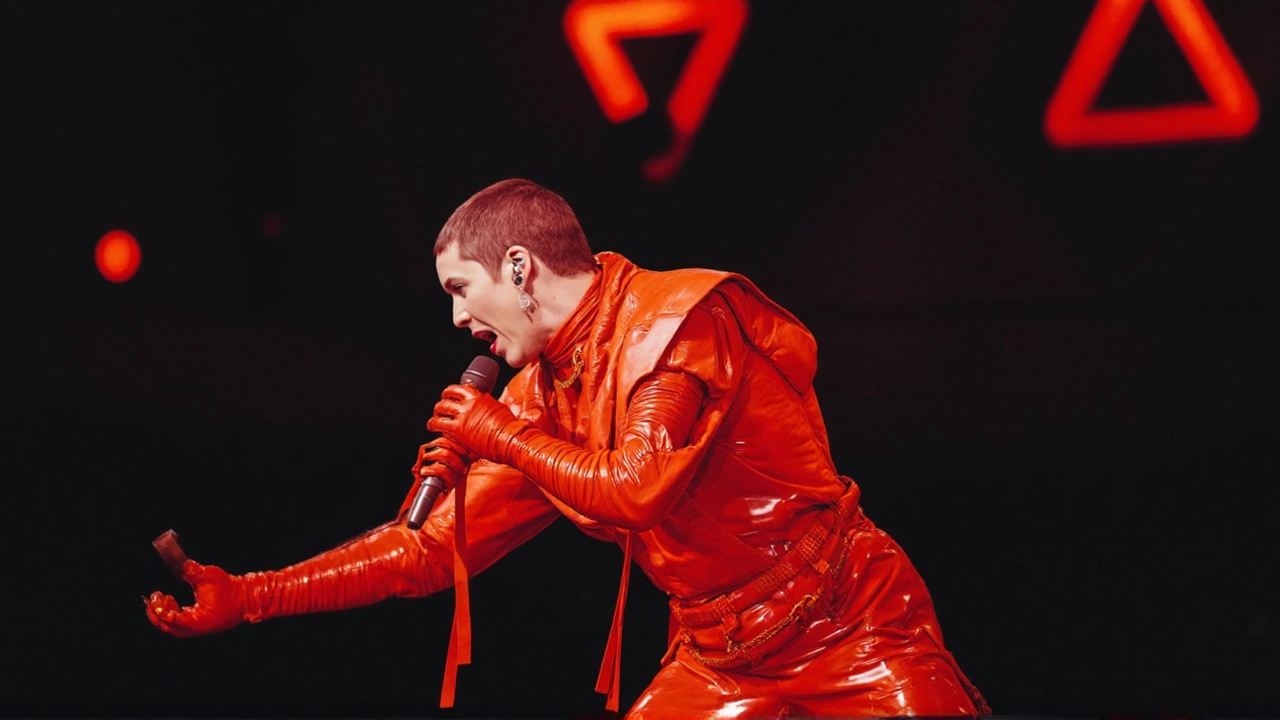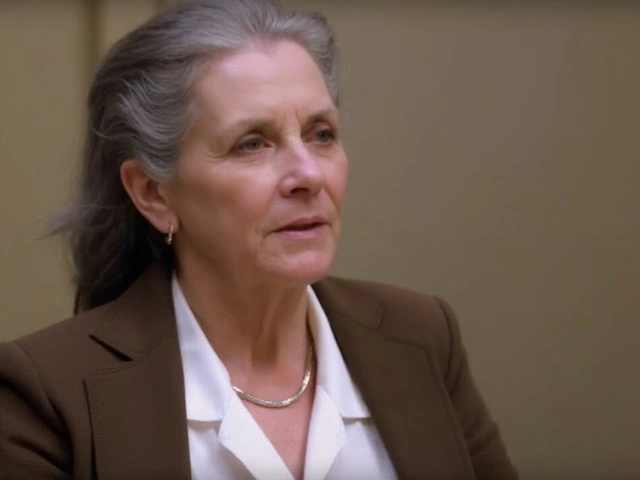How Eurovision’s First Semi-Final Shook Up Predictions for 2025
Few events rile up hardcore fans and casual music lovers like the Eurovision Song Contest. But this year, the heat is not just on the stage—it's in the predictions too. The first semi-final for Eurovision 2025 had fifteen countries fighting for only ten grand final tickets, all decided by one thing: public televoting. No professional juries got a say. As a result, everyone from data geeks to diehard fans turned their attention to prediction models, public fan votes, and those ever-volatile betting odds.
One thing’s clear—Eurovision 2025 already has fans and analysts scratching their heads. Why? Three completely different forecasting methods—The Model (a simulation crunching past contest and voting data), Your Voix (a crowd-sourced fan vote), and global betting markets—were thrown into the mix. Each had its own flavor, but they all circled back to one big fact: Sweden came into the semi-final looking unstoppable. Their group KAJ, with "Bara bada bastu," didn’t just top The Model’s data simulations but also won over fans and odds-makers alike. If history is any guide, acts that rank high across the board usually sail into the final, and that’s exactly what Sweden did.
Yet, there’s always a twist with Eurovision forecasts. Belgium found itself in the odd position of being well-favored by The Model but trailing on the other indicators. Red Sebastian’s “Strobe Lights” made The Model’s top ten, resting alongside favorites like Ukraine’s “Bird of Pray” and Norway’s “Lighter.” But if you peered over at betting odds or scanned social media, you’d see far more skepticism about Belgium's chances. That’s the chaotic charm of Eurovision—sometimes the math says yes, but the mood says no.
The Real Winners: What Data and Fans Predict for the Grand Final
Let’s break down the names in the spotlight. Apart from smash hits like Sweden and Ukraine, The Model’s sim had some surprises: Estonia’s Tommy Cash with “Espresso Macchiato” and San Marino’s Gabry Ponte’s “Tutta l’Italia”—acts that got a nod not just for their song quality but also for their unique performance styles and regional voting strength. Albania (“Zjerm”) and Iceland (“RÓA”) rounded out a mix that reflected both geographic and stylistic diversity. The rest of the Model’s picks—Norway, Netherlands, Poland—are all known Eurovision players with real fan bases, so their appearance isn’t shocking.
This year’s all-televote system turned the semi-final into a genuine popularity contest. No jury to even out the playing field meant crowd-pleasers had an edge over more niche acts. And it mattered—a lot. When you strip away the juries, you often end up with bold, sometimes political performances getting pushed to the top, while more conventional or safely packaged entries can be left behind. That’s why 2025’s semi has set up a grand final that’s trending towards both spectacle and unpredictability.
If you’re placing bets or just tuning in for the drama, keep an eye on the countries that consistently show up across all predictions—especially Sweden, which is riding the wave like never before. But as Belgium’s case shows, Eurovision is never just about the numbers. Sometimes, you’ve got to trust your gut—and the crowd.









Write a comment